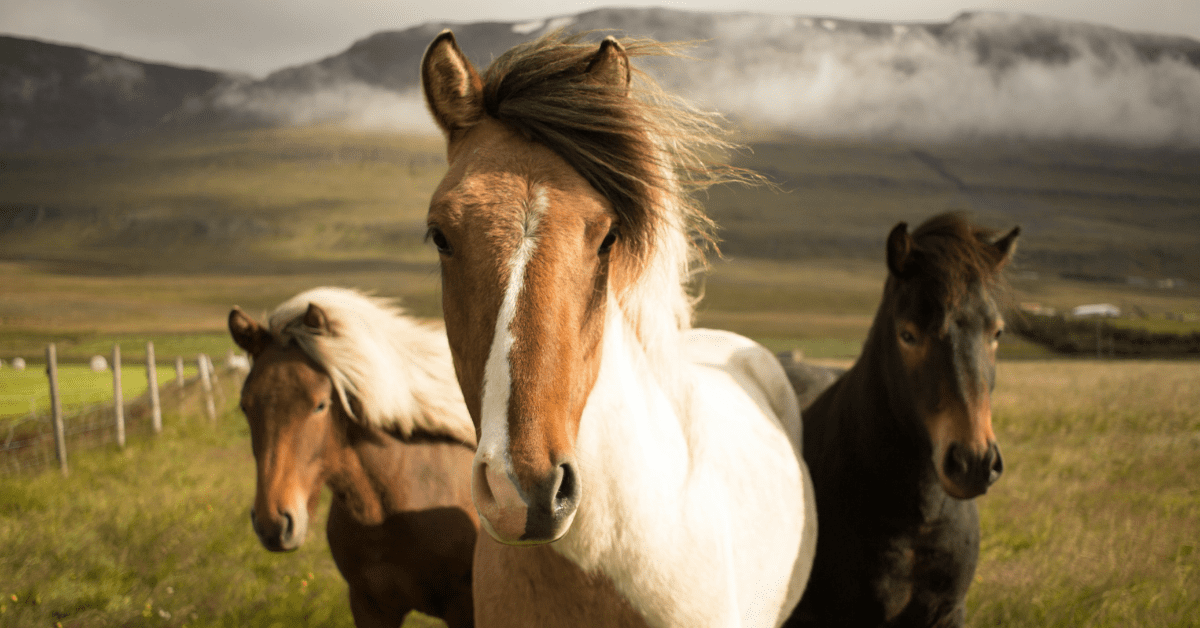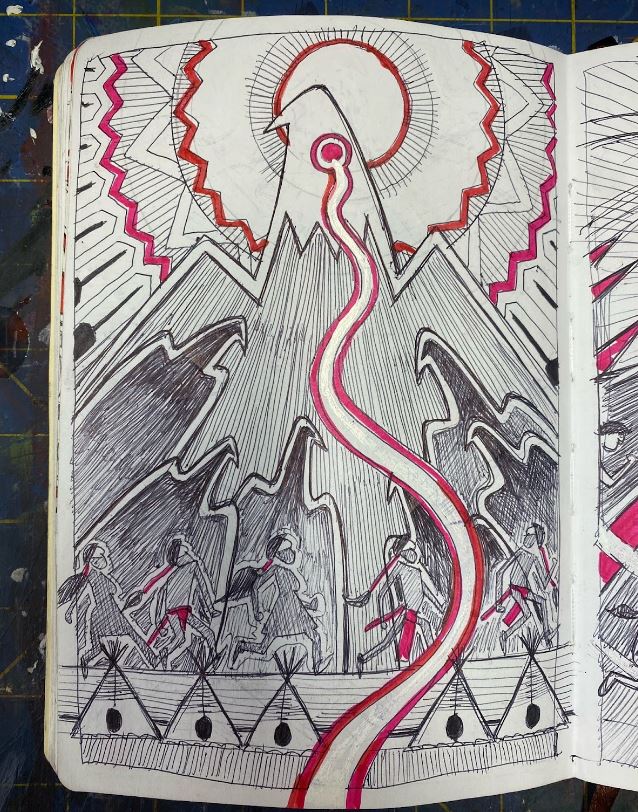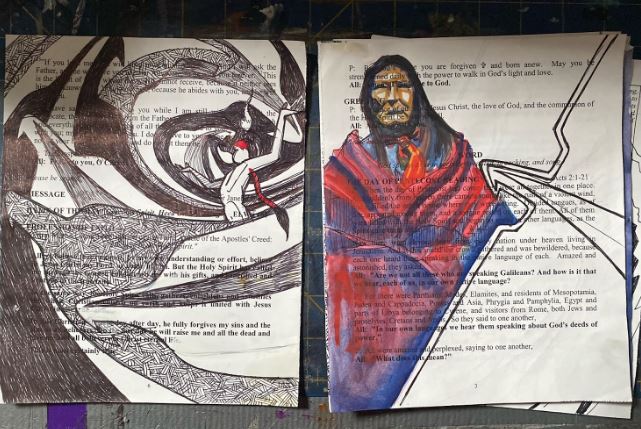When was the last time you were so “in the zone” that time disappeared? For artists such as John Knife Sterner, this most often happens during the artistic process: painting, drawing or sculpting. The artistic process is wrapped up in connecting with God—as David must have been while composing psalms—and with each other in a communal experience.
When others in worship at Christ Lutheran in Cottonwood, Minnesota, notice that John is drawing that day during the sermon, they want to see his work because it interprets the message in a different mode than the preached Word. It “draws” them in, and opens conversations that otherwise may never happen. The often-present eagle symbolizes the community in John’s Lakota tradition.
(Ink on bulletin © 2023 John Knife Sterner)
How might John’s church drawings (which he describes as his artistic response to not being able to sit still in worship) re-frame what “should” be happening during worship?
Process: connecting with God
A teacher as well as an artist, John talks with his students about how a repeated phrase (like a mantra, or the Hail Mary in the Roman Catholic tradition) can help us to cross over from the left (practical, how-to) side of the brain to the right side, where not only our spirituality but artistry thrives. You’re not talking, but you’re drawing contours or geometric shapes, and you are approaching the zone where art is possible because other thoughts recede into the background. Creating art opens us up to connecting with God, sometimes to the point when John says, “I am not even choosing the colors. They are choosing me.”
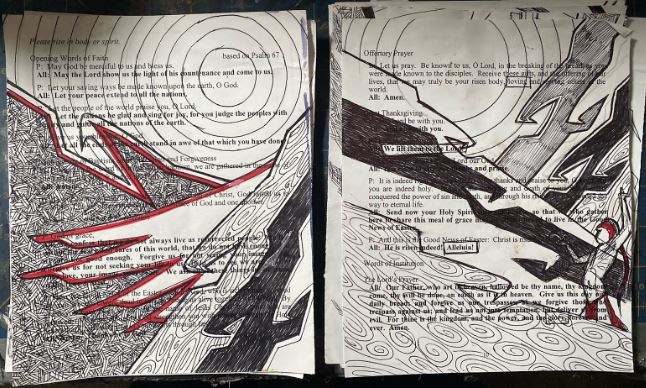
[Find more ink drawings and sculpture by the artist.]
The process, the euphoria, time disappearing, the immersion in other worldliness, can happen while creating art, or while having a communal experience, like being at a concert or playing an engrossing sports match. In addition to connecting with God, we connect with each other, and feel more than think about the experience, which the Lakota describe as, “We are all related.”
Interpretation: connecting with each other
People are hungry to talk about how artwork makes them feel or respond, often opening up deep conversations they are otherwise afraid to talk about. It is not as fruitful when talking about artwork that has been on our walls for decades, notes John, but having the actual artist in front of us is an entirely different experience. When a creator of art is among us, the door opens a little, and we can stick a foot in it to speak more deeply on spiritual things. We must notice and seize those opportunities! People let down their guard and naturally get into how art impacts them and touches their spirits, when they have the creator of the art “in the flesh” in front of them. People bring up questions and experiences they might be afraid to voice aloud in any other context. Hosting an artist among us is an incarnational opportunity!
Invitation is key here. John’s grandmother told him he would be an artist, but the wider community affirmed it when he was invited during his teenage years to create art for events at school. The church is another public space where the gifts of emerging artists can be lifted up, for their sake, and all of ours, for what richness artists bring to our spiritual life, by prompting us to interpret their work.
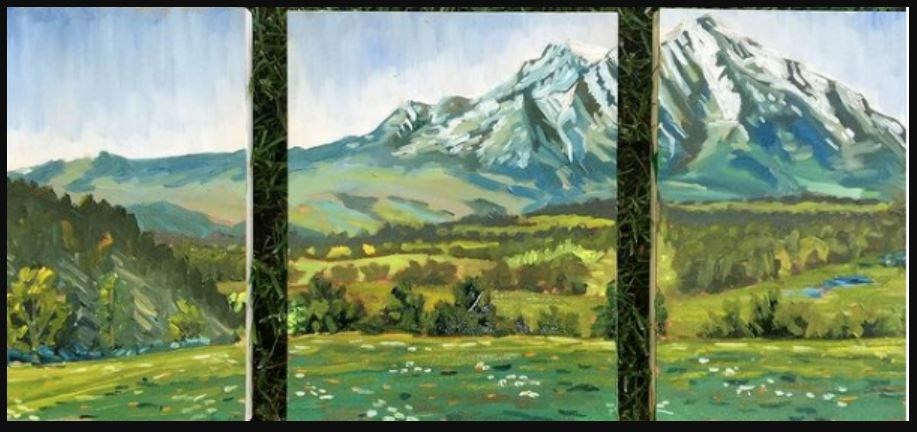
Sometimes a venue change or common experience, like viewing a movie or going to an exhibit together can instigate similar spiritual conversations. We start by examining how the artists did what they did, but end up interpreting how it impacts us. Even our conversation shifts from analysis to feelings as we climb deeper into the artistry.
Art is so personal like faith, says John Sterner, that our interpretation has to be outside judgment. But responding to art, like the process of artists who create, also often communicates with us far beyond words.
Learn more
- Discover visio divina (similar to lectio divina) led by Sandhya Jha, in the portion of the “Spiritual Spa” Book Hub event (beginning at 18:14).
- To learn more about John Sterner and his work, view this PBS video. View his sculptures, paintings and ink drawings at his website: www.johnknifesterner.com

